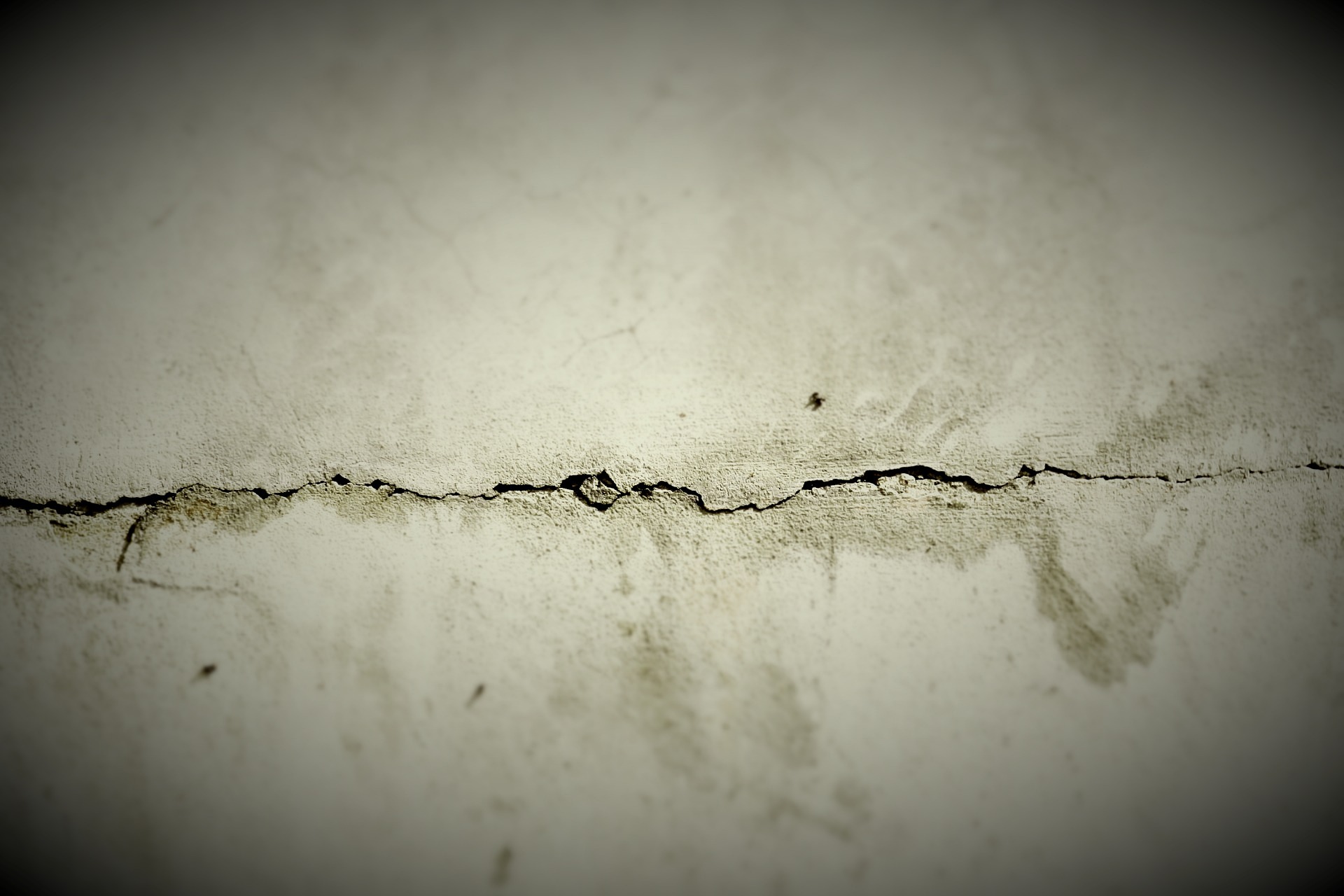Learn More About Basement Waterproofing Solutions That Can Prevent Costly Repairs
Water damage can silently weaken your property and lead to expensive repairs if not addressed early. Whether you're dealing with basement leaks, roof seepage, or damp walls, professional waterproofing services provide long-term solutions that protect your investment. This article explores the types of waterproofing available, key warning signs to look for, and how to choose the right service for your building type and climate. Understanding your waterproofing options now could save you from major structural issues later.

What are the most effective basement waterproofing solutions?
Basement waterproofing solutions come in various forms, each designed to address specific moisture issues. Some of the most effective methods include:
-
Exterior waterproofing: This involves excavating the soil around the foundation and applying a waterproof coating or membrane to the exterior walls. It’s often considered the most comprehensive solution as it prevents water from entering the basement in the first place.
-
Interior waterproofing: This method focuses on managing water that has already entered the basement. It may include the installation of drainage systems, sump pumps, and waterproof coatings on interior walls.
-
French drains: These are trenches filled with gravel and perforated pipes that redirect water away from the foundation, preventing it from seeping into the basement.
-
Crack injection: For minor foundation cracks, polyurethane or epoxy injections can seal the gaps and prevent water intrusion.
-
Landscaping and grading: Proper landscaping techniques, such as sloping the ground away from the foundation, can effectively direct water away from the home.
How do exterior vs. interior waterproofing methods compare?
When considering basement waterproofing, homeowners often face the decision between exterior and interior methods. Each approach has its advantages and considerations:
Exterior waterproofing:
-
Prevents water from entering the foundation
-
Provides long-lasting protection
-
Can be more expensive and disruptive to implement
-
May require professional excavation
Interior waterproofing:
-
Generally less expensive than exterior methods
-
Can be implemented without excavation
-
Manages water that has already entered the basement
-
May not address the root cause of water intrusion
The choice between exterior and interior waterproofing often depends on the specific issues a homeowner is facing, the home’s construction, and budget constraints.
What are the key signs you need basement waterproofing?
Recognizing the early signs of water intrusion can help homeowners address issues before they escalate into costly repairs. Some key indicators that basement waterproofing may be necessary include:
-
Visible water stains or dampness on walls or floors
-
Musty odors or visible mold growth
-
Efflorescence (white, powdery deposits on walls)
-
Peeling paint or wallpaper
-
Warped or rotting wooden structures
-
Increased humidity levels in the basement
-
Cracks in the foundation walls or floor
If any of these signs are present, it’s advisable to consult with a waterproofing professional to assess the situation and recommend appropriate solutions.
How does foundation moisture protection work?
Foundation moisture protection is a critical component of basement waterproofing. It involves creating barriers and systems that prevent water from penetrating the foundation and entering the basement. Some common methods include:
-
Waterproof membranes: Applied to the exterior of foundation walls, these membranes create a barrier against water infiltration.
-
Drainage systems: Installed around the foundation’s perimeter, these systems collect and redirect water away from the home.
-
Sealants and coatings: Applied to both interior and exterior surfaces, these products create a waterproof layer that resists moisture penetration.
-
Proper grading: Ensuring the soil around the foundation slopes away from the house helps direct water away from the structure.
-
Gutters and downspouts: Properly maintained and directed, these systems prevent water from pooling near the foundation.
By implementing a combination of these methods, homeowners can significantly enhance their foundation’s resistance to moisture-related issues.
What is the comparison between different waterproofing materials?
Choosing the right waterproofing materials is crucial for effective basement protection. Here’s a comparison of some common waterproofing materials:
| Material | Durability | Application Method | Cost Estimation | Best For |
|---|---|---|---|---|
| Polymer-based Sealants | High | Spray or roll-on | $$ | Interior walls |
| Crystalline Waterproofing | Very High | Brush or spray-on | $$$ | Concrete structures |
| Bituminous Coatings | Moderate | Trowel or spray-on | $ | Exterior foundations |
| Liquid Rubber Membranes | High | Spray or roll-on | $$ | Flat roofs and foundations |
| Bentonite Clay | High | Installation in sheets | \(\) | New construction |
Prices, rates, or cost estimates mentioned in this article are based on the latest available information but may change over time. Independent research is advised before making financial decisions.
Each material has its strengths and is suited for different applications. Factors such as the severity of water issues, the type of foundation, and local climate conditions should be considered when selecting waterproofing materials.
Basement waterproofing is an essential investment in home protection that can prevent costly repairs and maintain a healthy living environment. By understanding the various solutions available, recognizing early signs of water intrusion, and choosing appropriate waterproofing methods and materials, homeowners can effectively safeguard their basements from moisture-related damage. Regular maintenance and prompt attention to any signs of water infiltration will ensure long-lasting protection for the home’s foundation and overall structure.




